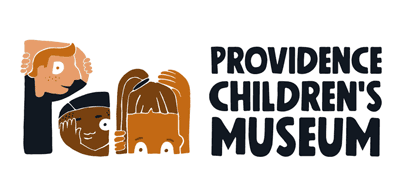Literally! Idiom Pictionary / Charades
Developed by Alice Briney-Rockswold, PCM Play Practicum 2022
(FOCUS: 3-5, ELA, Literal vs. Figurative Language)
Introduction: Help students make heads or tails of commonly used English idioms.
Materials to gather
- Chart paper
- Markers
- OPTIONAL: Made or found props (see extension).
Set Up
Select a few common idioms that can be used as introductory examples for the lesson. Give a mini lesson on literal and figurative language.
Explain that an idiom is a saying or expression in English that has a meaning beyond the actual words. Present a few examples such as, “raining cats and dogs,” “Hit the hay,” “Feeling blue.”
Choose an idiom and model illustrating an example of both the literal and figurative meaning of an idiom. Think aloud as you draw. Use a T Chart labeled “Literal” and “”Figurative.”
Make sure to pre-teach any unfamiliar vocabulary related to the idioms you selected for this activity.
Invite students to share examples of idioms from their culture or native language with the class.
Student’s Job
Determine student pairs. If working with multilingual learners, pair newcomer students with a peer language model.
Assign idioms to each pair. It is important that idiom assignments are kept private. Students should not know what idiom other pairs are working on.
First, students work together to sketch the literal meaning of the idiom they were given in the first column of their t-chart. These drawings are based on the words alone.
Next, pairs research the actual (figurative) meaning. Allow use of an idiom website.
Once students have sketched both the literal and figurative interpretation of their idiom, allow pairs in turns to sketch their drafts on chart paper. The paper should be large enough for the whole class to see clearly.
Other students must guess the idiom they have based on their drawing.
Further Challenges:
Act it out. In the same pairs, students work together to create two short skits. In the first skit, students’ job is to communicate the literal meaning of their idiom. In the second skit, their job is to communicate the figurative or intended meaning.
Teacher’s Job
Standards Alignment
CCSS.ELA-LITERACY.RL.3.4
Determine the meaning of words and phrases as they are used in a text, distinguishing literal from nonliteral language.
CCSS.ELA-LITERACY.L.3.5.A
Distinguish the literal and nonliteral meanings of words and phrases in context (e.g., take steps).
Connections to a larger unit or previous work?
This activity should be used after students have been introduced to the meaning of the words “literal” and “figurative.”
Prepare/ Background Info
When selecting an idiom to use in the activity’s introduction, select one that connects to students’ personal experiences. Provide meaningful examples of how it is used in context (i.e.model a sample conversation around it).
Effective Facilitation Strategies
While students are drafting their sketches or skits, circulate to clarify misconceptions.
After the lesson, create a class list of favorite idioms that students can add to throughout the year.
Play to Notice (Learning Framework)
Encourage students to find joy and humor in the process of learning these challenging English phrases.
Content Matter to Notice
Reinforce the difference between literal vs figurative language as students work. Remember that idioms can be a challenging concept for ELLs. Reinforce the use of academic vocabulary and provide sentence frames to guide discussion.
“This idiom sounds like it means ________. This idiom really means _______.”
Push students to use their idioms in meaningful sentences and provide short definitions of their actual meanings.
SEL to Notice
Pay attention to students’ ability to communicate effectively with one another to negotiate meaning of their assigned idiom and co-construct a sketch or skit.

0 Comments